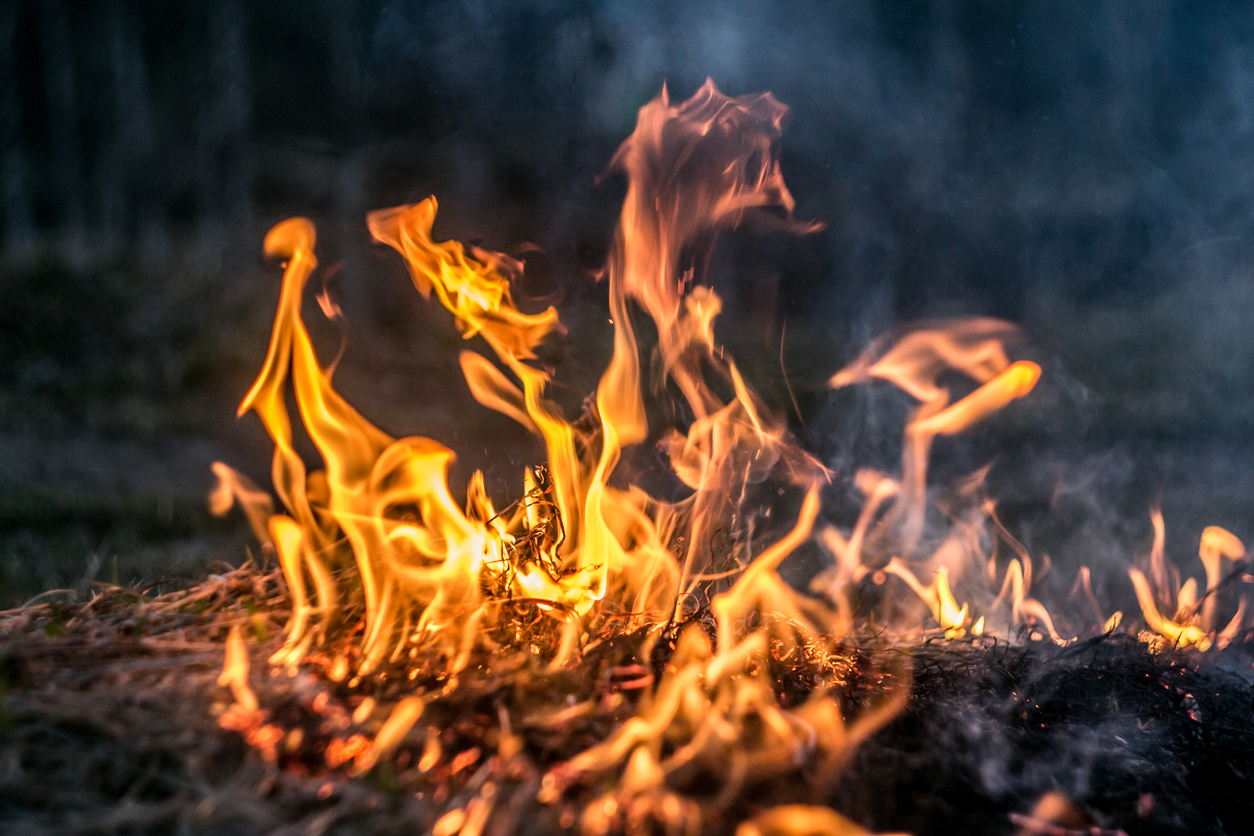Wildfires, like the one that has scorched hundreds of hectares of forest near Nelson, may become more common in New Zealand as the climate changes.
Firefighters may need weeks, or even months, to completely control the wildfire that’s been burning south of Nelson for over a week.
The region has experienced warm and extremely dry conditions this summer, and a week before the blaze broke out authorities had warned the fire risk was the worst in 18 years. More than 2000 hectares have burned and 3000 residents were evacuated from the township of Wakefield and nearby valleys.
NZ Herald reported that drones equipped with infrared technology have been used to identify hotspots, which firefighters on the ground then extinguish with hand tools, bulldozers and hoses. Fire and Emergency NZ fire controller Trevor Mitchell said the process will take weeks, if not months.
According to an analysis reported on Stuff, the Nelson fire became the largest forest fire in 60 years due to the area’s dry period making this year’s fire season twice as long as average. The conditions dried out the plantation forestry in the area, creating more fuel for the fire.
“It’s those larger, heavier fuels that become available to burn,” said Grant Pearce, a fire scientist at Scion. “Under low to moderate conditions, they’re not available to burn – but under these drier conditions, they are, and all of it becomes available to fuel the fire, so it leads to more intense fires, with bigger flames.”
The conditions that make wildfires more common are heat, lack of soil moisture and higher wind, and these are all projected to increase in eastern parts of New Zealand.
“What was quite surprising is that some of the areas that currently wouldn’t currently be perceived as high fire risk will see quite dramatic increases in the future,” Pearce told RNZ. “That’s areas like coastal Otago, the Manawatū area, in and around Wellington and places like that.”
Areas that already had severe fire risk, such as Marlborough, Canterbury and the North Island’s East Coast, are expected to change only slightly, Pearce said.
More hot weather is expected for much of the country this week, Newshub reports. In the central North Island, Te Kuiti is predicted to reach 31C, when the towns February average high is 24.5C. In the South Island, Invercargill is predicted to reach a high of 28C, 10C warmer than the city’s average February high.
However, Metservice meteorologist Andy Best said strong winds in Nelson that have at times made firefighting difficult are expected to ease midweek.
Coverage of the wildfire includes:
NZ Herald: Nelson forest fires: Blaze battle shifts underground
RNZ: Climate change expected to cause dramatic increase in fire risk
RNZ: Latest – Firefighters to work for weeks
Stuff: Will forest fires become more likely in a warmer world? Yes – but it’s complicated
Stuff: Editorial – No more fiddling while New Zealand burns
Newshub: Tasman fire fears fanned by strong winds
Newshub: Weather – Temperatures to soar across dry New Zealand this week
1newsnow: Chance of more residents affected by the Tasman fire returning home today
The Guardian: New Zealand wildfires will burn for weeks, experts warn
